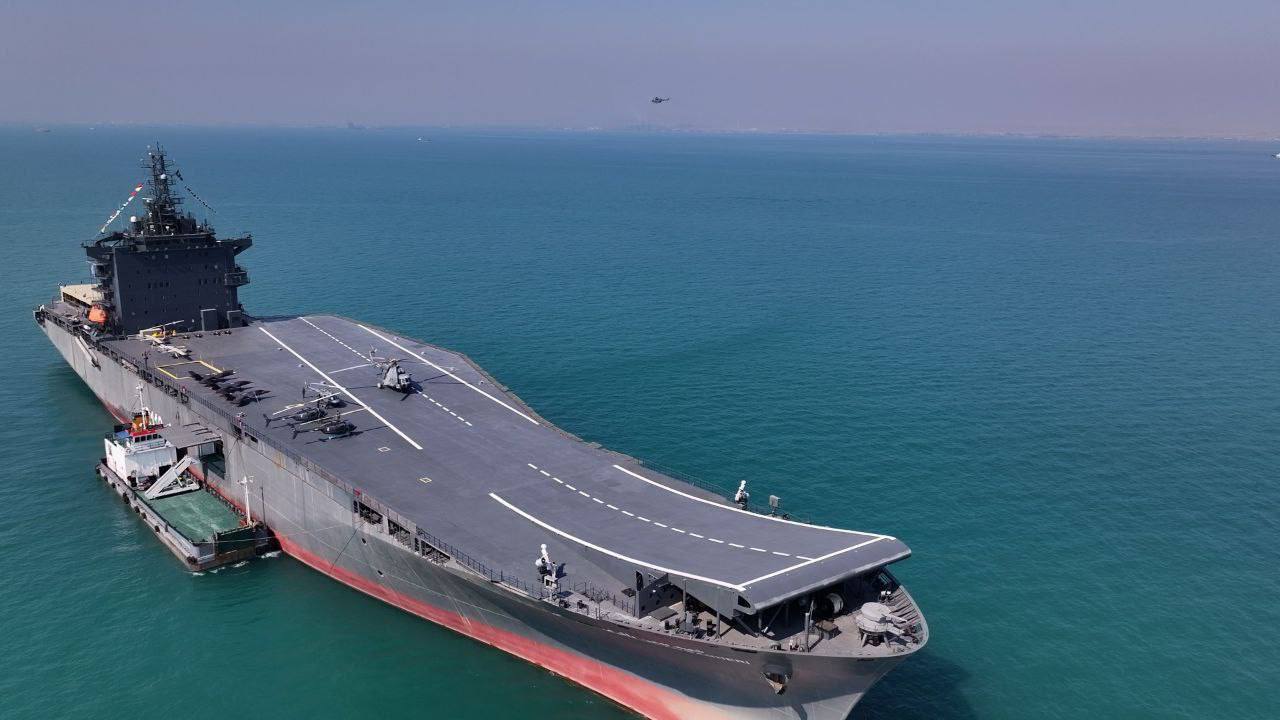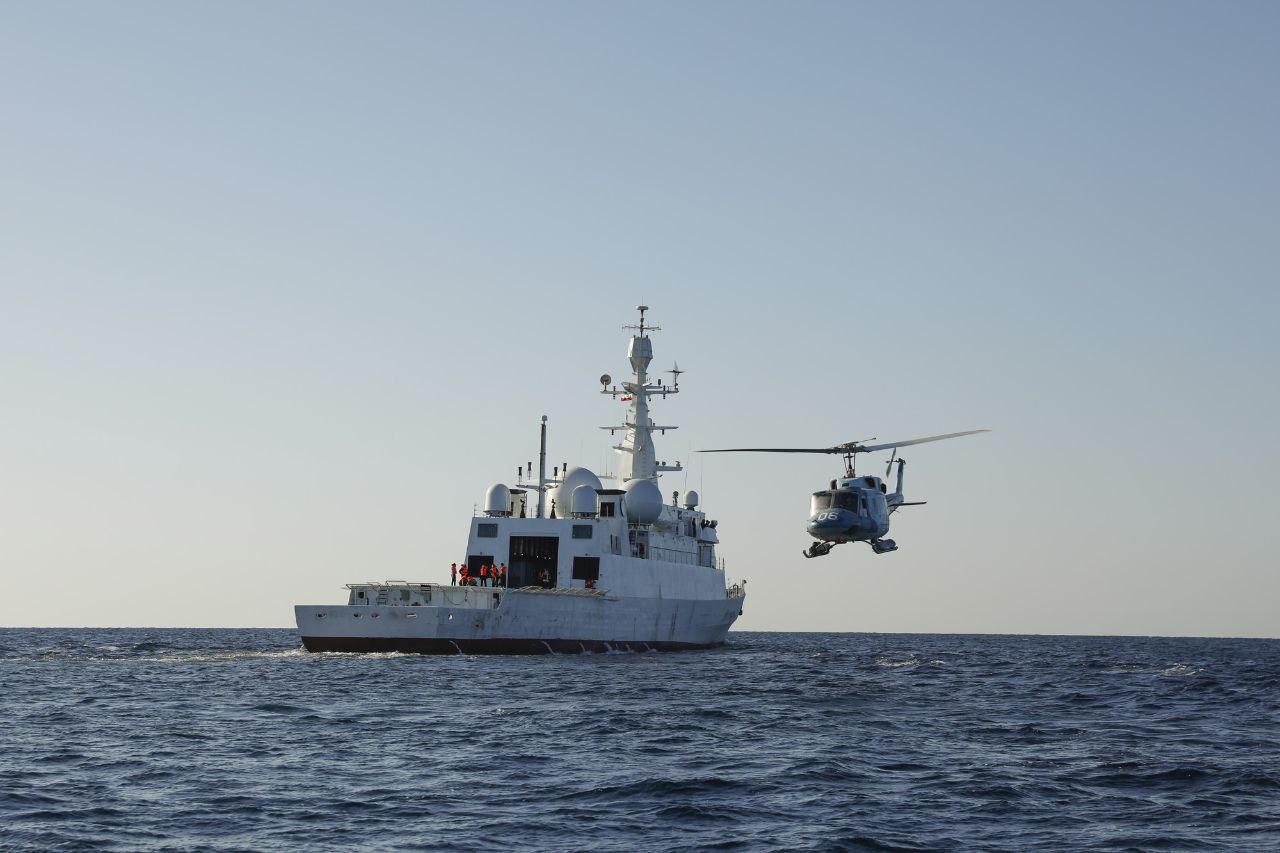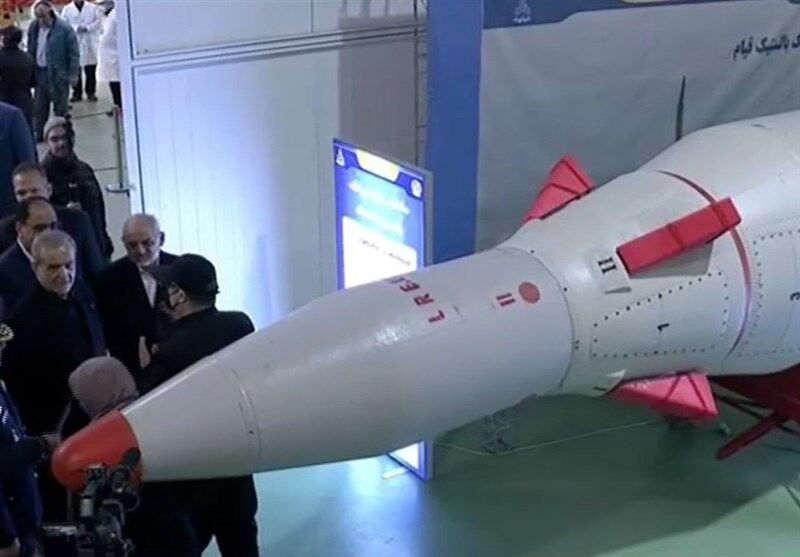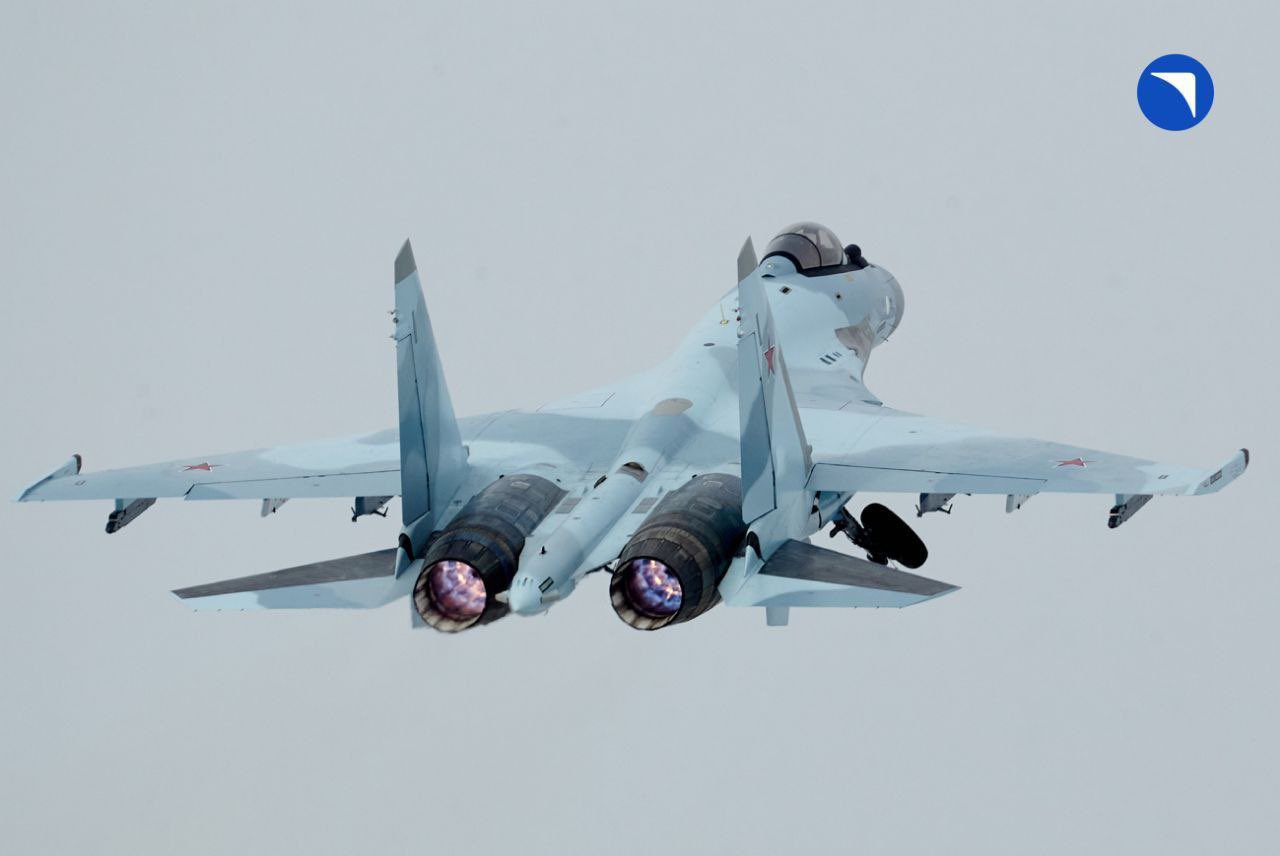In what could be described as a big military breakthrough for a country that remains scotched under international sanctions, Iran has introduced its first-ever drone carrier—the Shahid Bagheri. The ship joins a long list of weapon systems unveiled by Iran in recent times to deter its arch-foe, Israel.
Iranian news agency IRNA described Shahed Bagheri as a cutting-edge naval vessel that can launch and retrieve unmanned combat aircraft and operate a variety of attack reconnaissance drones.
The Shahed Bagheri drone carrier, converted from a commercial ship, has a runway of about 180 meters and an impressive operational range of 22,000 nautical miles.
Admiral Ali Reza Tangsiri, chief of the Guard’s Navy, told reporters that the ship’s construction took more than two years. “The addition of this ship to our fleet is an important step in increasing the defense and deterrence capability of Iran in distant waters and in maintaining our national security interests,” Tangsiri added.
The Iran Revolutionary Guard Corps (IRGC) Navy also published footage of the drone carrier, showing the take-off and landing of the Qaher-313 unmanned aerial vehicle (UAV), a miniaturized drone version of a fighter jet built locally.
Although Iran has designed and launched several warships converted from commercial vessels, Shahed Bagheri stands out because it can launch and retrieve larger drones such as the Qaher.
The Shahed Bagheri is designed as a mobile maritime platform for drones and helicopters while supporting fast attack boats. It is also capable of carrying USVs and short-range cruise missiles.

General Mohammad Bagheri, the chief of the Iranian armed forces, described the vessel as “a mobile base that can operate self-sufficiently throughout the world’s waters.”
While stressing that Iran does not wish to wage war with any country, the Iranian Chief of the Guard, Gen. Hossein Salami, said that the country needs to expand its deterrence capability to prevent war. “Iran is not considered a threat to any country, but we do not bow before a threat by any power.”
Intriguingly, the unveiling of the vessel appears to be part of a long-drawn military modernization effort linked to its indigenization, as the country remains under sanctions.
The development and induction of cutting-edge weaponry into the Iranian military demonstrates Iran’s resilience in the face of hefty international sanctions. It also somewhat reaffirms that the strategy of ‘maximum pressure’ imposed by the US in the past may have failed, as recently highlighted by Iran’s Foreign Minister Abbas Araghchi.
Currently, the Iranian military appears to be on overdrive, as evidenced by its unveiling of one weapon system after another and the reported purchase of state-of-the-art Russian fighter jets.
Iran’s Military On An Overdrive
January 2025 was quite a month for Iran, with several significant military launches. For one, the Iranian Army received about 1,000 drones with a range exceeding 2,000 kilometers. The drones were reportedly delivered to combat units across the country to boost Iran’s attack capability.
At the time, the Iranian media said, “The drones’ unique features, including a range of over 2,000 kilometers, high destructive power, the ability to pass through defense layers with low Radar Cross Section, and autonomous flight, not only increase the depth of reconnaissance and border monitoring but also boost the combat capability of the army’s drone fleet in confronting distant targets.”
A few days later, the Iranian Navy received its first domestically-built signals intelligence ship—Zagro. It is a surveillance ship based on the hull of a corvette, described as strange by some and stunning by others.
The Zagros is outfitted with electronic sensors to gather, decode, and examine radio-frequency signals from adversaries. The ship is referred to as an “intelligence destroyer” by the state-run Fars news agency, which is fitting, given that the Zagros was constructed using a modified hull from a Mowj class warship.

At the handover ceremony, Navy Commander Shahram Irani said, “The Zagros signals intelligence ship will be the watchful eye of Iran’s navy in the seas and oceans.”
In addition to the above, the IRGC unveiled a new, cutting-edge drone named ‘Gaza’ in late January. The drone has a range of about 1,000 kilometers, a payload capacity of 500 kilograms, and a flight endurance of about 35 hours.
Iranian media claimed that the operational radius of the Gaza drone is estimated to be approximately 4,000 kilometers, and it can carry up to 13 missiles in a single flight. Intriguingly, the drone debuted during a military drill and purportedly took out eight mock targets.
More recently, on February 2, Iran unveiled a new ballistic missile ‘Etemad’ during a ceremony organized by the Iranian Ministry of Defence in the presence of reformist President Masoud Pezeshkian.
Etemad is the latest in a long list of ballistic missiles produced by Iran and boasts a range of about 1,700 kilometers, which means it can reach the territory of Tehran’s arch-foe, Israel. The Etemad missile, 16 meters in length, also wields a guided warhead.
“The development of defense capabilities and space technologies… aims to ensure that no country dares to attack Iranian territory,” Pezeshkian said in a televised address. With that range, Etemad has the range to reach its arch-foe, Israel, in case the regional war spills over again.

In addition to these systems that Iran has domestically produced despite great pressure on its resources, it is also in the process of acquiring some very advanced weapon systems from its ally, Russia.
For instance, a senior Revolutionary Guards commander, Ali Shadmani, recently told the media that Iran had purchased Russian-made Sukhoi 35 fighter jets—the first such confirmation by a high-ranking official.
Without specifying the number of jets purchased or if they have been delivered, Shadmani said, “Whenever necessary, we make military purchases to strengthen our air, land, and naval forces. The production of military equipment has also accelerated.”

It was in 2023 that Iran first announced that it had finalized the agreement to buy the Su-35 from Russia. At the time, it was reported that the two dozen Su-35s previously built for Egypt (and later rejected) would be redirected to Iran instead.
However, almost two years later, delivery of these combat jets remained elusive, triggering speculation that the deal may have been canceled. Nonetheless, the latest confirmation means the purchase is not off the table.
The Iranian air force has only a few dozen strike aircraft, including archaic Russian jets and US F-14 aircraft acquired before the 1979 Islamic Revolution. The Su-35 would, thus, significantly bolster Tehran’s military capabilities and build deterrence.
- Contact the author at sakshi.tiwari9555 (at) gmail.com
- Follow EurAsian Times on Google News




